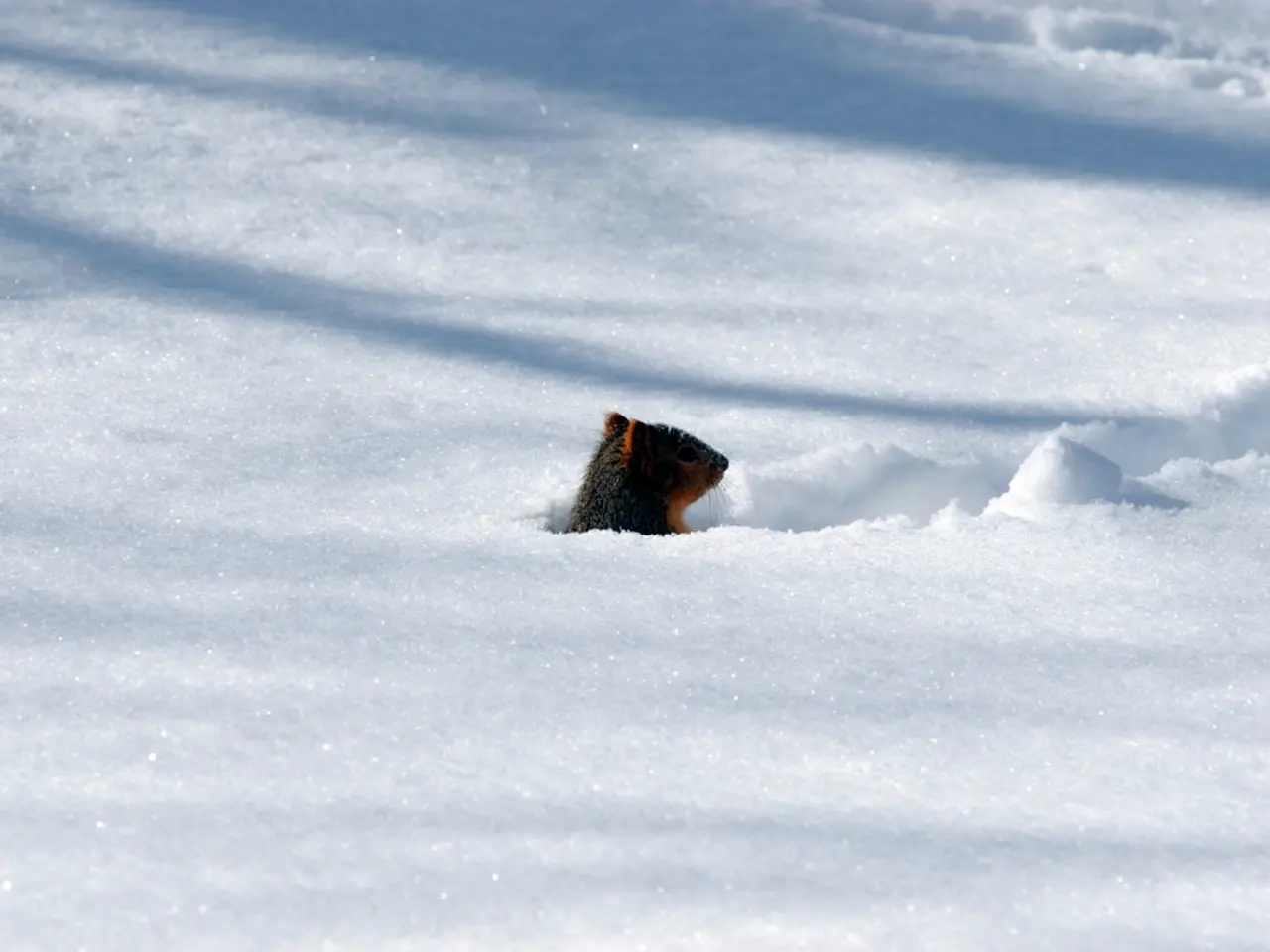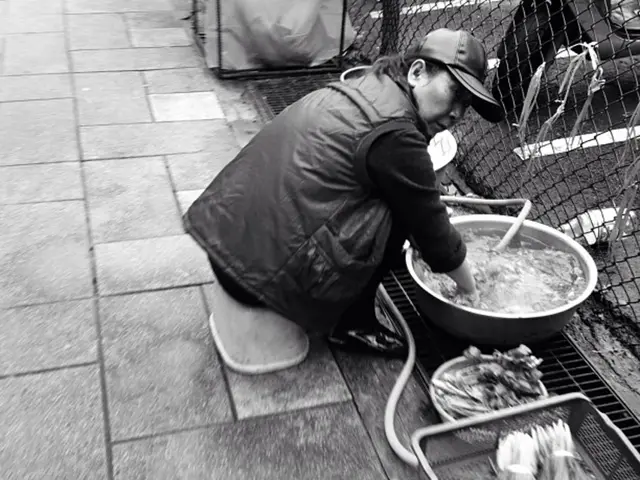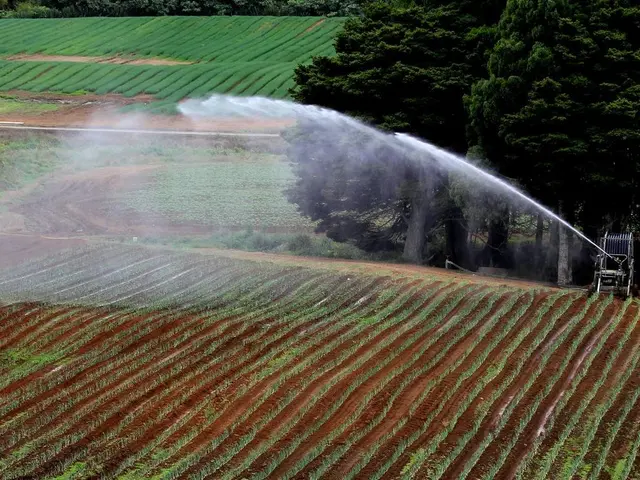Accumulating Snow Management in Winter Garden Designs Adapted for Polar Regions
In the heart of winter, gardens don't have to hibernate. By applying permaculture principles, snow can be leveraged as an asset rather than a hindrance. Here's how you can transform your garden into a resilient winter wonderland.
Utilize Snow as Insulation
A blanket of snow protects plant roots from harsh cold and wind, maintaining soil warmth and preventing freeze-thaw damage. This natural insulation provides a buffer against the elements, ensuring that your garden continues to thrive even in the depths of winter.
Design Winter-Appropriate Guilds
Incorporate cold-hardy greens like mustard greens and collards into your garden, alongside companion plants that repel pests or improve flavor. Grow these in cold frames or raised beds to extend the growing season and build soil health.
Protect Vulnerable Plants
Physical barriers such as snow fences or short windbreaks can shield crops from cold winds and snow drift, especially at bed ends or open field edges. These simple structures can make a significant difference in protecting your plants from the harsh winter conditions.
Enhance Moisture and Fungal Zones
Create mulched, shaded beds for fungi like wine cap or shiitake mushrooms. These organisms support moisture retention and soil biology during winter, aiding soil resilience.
Focus on Soil-Building
Use compost, biochar, and cover crops in fall to improve water retention and soil structure under snow. This promotes root health through winter, setting the stage for a robust spring growth.
Rooftop gardens and balcony spaces can also benefit from these principles, providing insulation, thermal regulation, and year-round food production. Vertical gardening techniques maximize limited urban space for growing cold-hardy crops.
As the climate changes, permaculture experts are finding new ways to handle snow in cold areas, focusing on creating climate-resilient and adaptable gardens. Innovations like better greenhouses and ways to use snow's moisture are helping gardeners in cold climates create flexible, resilient gardens.
From urban rooftops to backyard gardens, the potential of growing food in cold climates is being realised. Stories of success, such as Eliot Coleman's farm in Maine and a five-year food forest project on a small half-acre, highlight the possibilities of permaculture in cold climates.
Even persistent weeds like snow-on-the-mountain can be managed effectively. Using herbicides on snow-on-the-mountain is one method, but installing landscape edging can help contain its spread. Growing grass can outcompete snow-on-the-mountain, as the weed thrives where other plants cannot.
In snowy areas, hoophouse owners must be ready to remove snow quickly to avoid damage. Gothic hoophouses with peaked roofs shed snow better than Quonset designs. Heating pipes below gutters are more efficient than heating the entire greenhouse space. In a last-ditch effort to save a structure from collapse due to snow buildup, cutting plastic covering may be necessary.
Permaculture is not just about growing food; it's about creating sustainable, self-sufficient systems. From the back fields to the urban rooftops, permaculture is transforming gardens into resilient, thriving ecosystems that not only survive winter but also prepare for the spring growth ahead.
[1] Source [2] Source [3] Source [4] Source [5] Source
Read also:
- Mornings have become invigorating with the substitution of my traditional alarm clock for a Philips Hue light.
- Sustainable cosmetics: Pursuing a greener and environmentally friendly beauty sector
- Bonsai Propagation Using Humidity Chambers: Engineering a Specific Climate Condition
- Top 27 Dermstore Products That Perfectly Demonstrate the Value of Indulging in Their Offerings Sooner Rather Than Later








